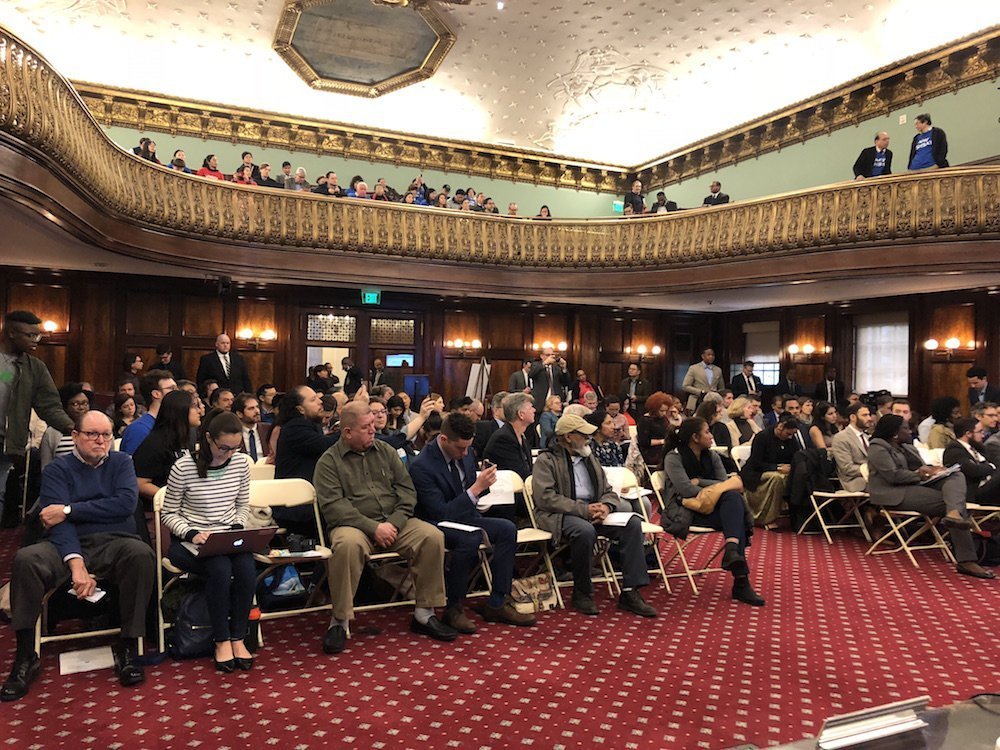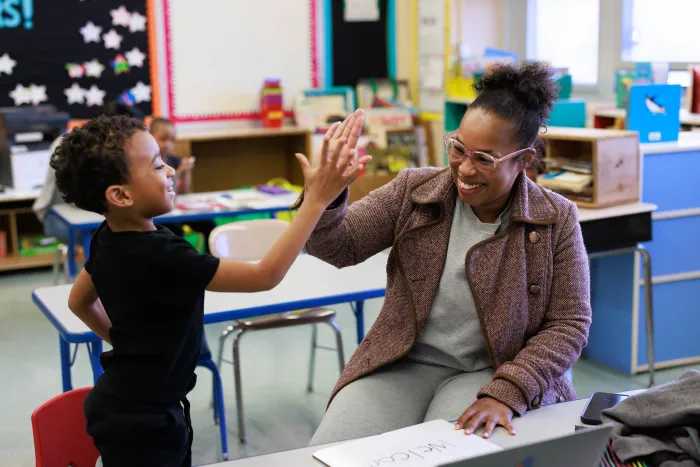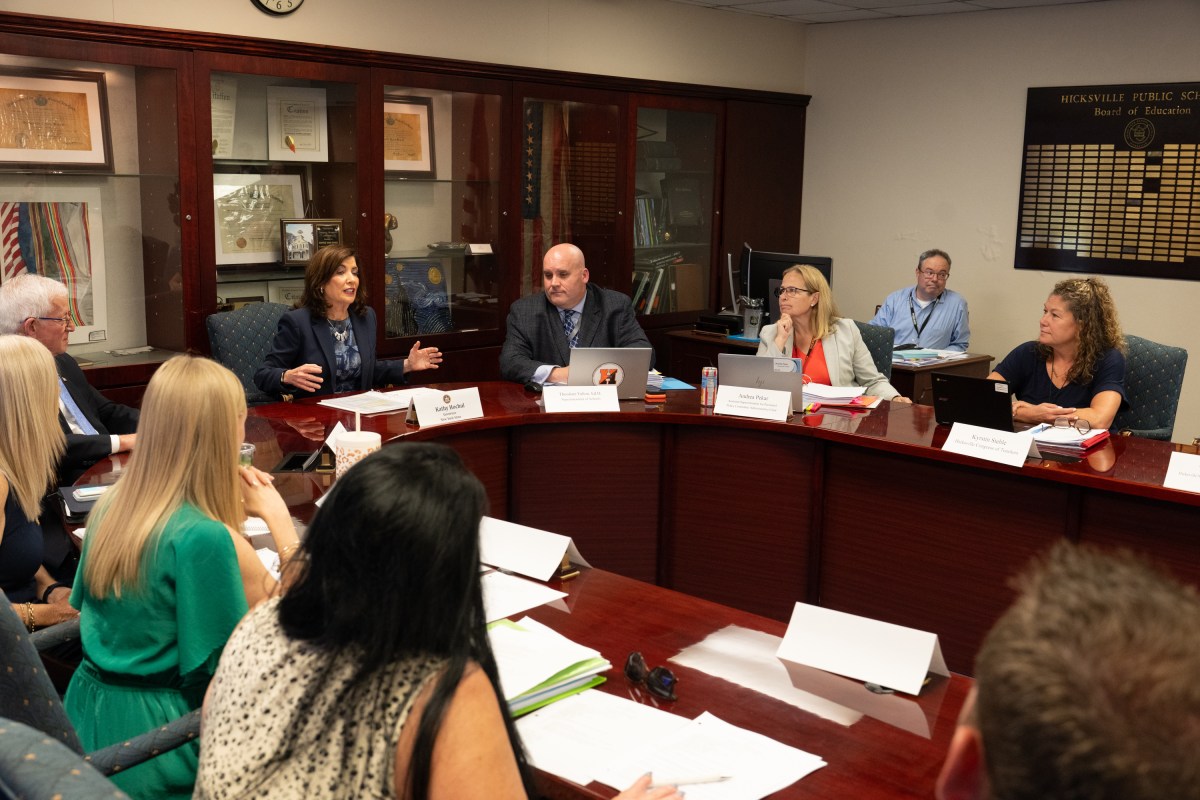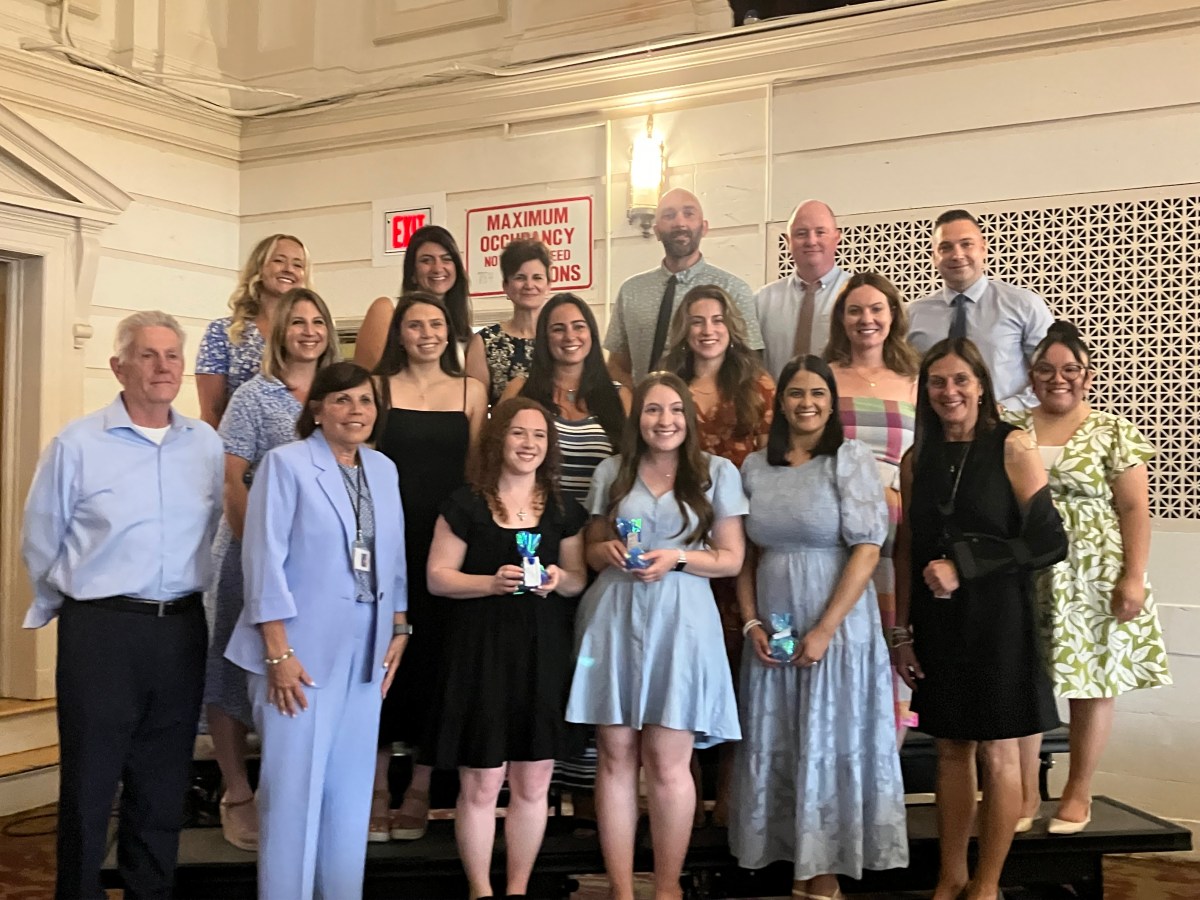The fight to increase diversity across New York City schools reached a head yesterday as City Council members Mark Treyger (D-Coney Island, Bensonhurst) and Mathieu Eugene (D-Prospect Lefferts Gardens, Flatbush, East Flatbush) pushed the Department of Education (DOE) to implement and produce a plan to increase black and Latino students across the city’s elite eight schools during a joint oversight City Council hearing yesterday.
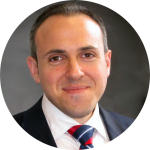
“We are all impacted by the issue of segregation in our schools. While this conversation was mutually driven by the admissions offered at the city’s eight elite Specialized High Schools, we are pulling back and taking a look at the larger issue facing our schools. As we begin down the long road to tackle inequalities within one of the nation’s largest schools systems,” said Treyger.
To which NYC Schools Chancellor Richard Carranza responded to with a clear solution-eliminate the test, open accessibility.
“Simply put, the single admissions test is unfair and the status quo is unacceptable. If we are to advance equity now, we must eliminate the single test for specialized high schools now,” said Carranza.
In the last year, the city’s eight Specialized High Schools (SHS) have been the target of controversy as low numbers of Black and Latino students have been admitted over the years. Entry to these elite schools is set by passing a single high-stakes exam known as the Specialized High School Admission Test (SHSAT).
Carranza alongside Mayor Bill de Blasio has been pushing for the elimination of the decades-long high stakes test, claiming it is the leading cause to segregation among the city’s specialized high schools.
Throughout the hearing Carranza echoed these sentiments, reminding everyone of the students who are the most affected by the admission barrier, black and Latino students.
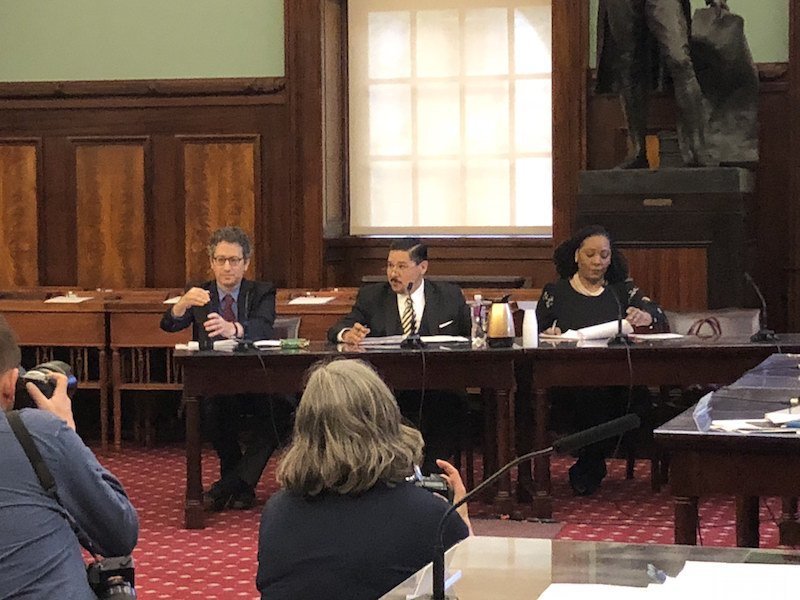
“We have a flawed system. We have a single test that is the single determinant for students to have access to attend a specialized school. There is not one university or one another specialized school in the country with such a methodology. The issue here is, based on that data, either we believe that black and latino students are biologically, physiologically, genealogically incapable of being admitted to a specialized school or it is the method and the methodology that is shutting out a vast majority of students in New York City. I think it’s the methodology. In fact, I know it’s the methodology,” said Carranza.
But other lawmakers, including City Council Member Peter Koo (D-Queens) said that expanding the DOE’s Gifted and Talented (G&T) programs to all school districts will go along way to diversifying specialized high schools throughout the city.
“Today the DOE doubled down on its proposal to abolish the Specialized High School Admissions Test while continuing to downplay glaring disparities that exist across the city within the early childhood gifted and talented programs. While many specialized high school students take advantage of early childhood G&T schooling, there are still school districts in the Bronx and Brooklyn where none exist at all,” said Koo.
“The DOE’s own program map highlights this disparity by showing just one high-performing school district (SD20) with more G&T programs than in the entire borough of the Bronx. Such a lack of G&T programming close to home forces parents in these areas to send their children outside their zoned districts. I agree that increasing diversity should be a priority for our specialized high schools, but we must ensure children in every school district have the same opportunities to succeed at an advanced early childhood education. We must start by expanding G&T programming, not eliminating the SHSAT,” the lawmaker added.
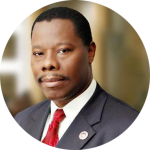
Eugene went on to highlight not only the need to improve black and Latino students in these schools but to also have supportive services and programs available to their families, especially those of immigrant parents.
Eugene’s 40th Council District has a high number of Haitian and Caribbean immigrants with their children vying for the limited spots at these schools.
“We are talking about segregation in schools, but those students come from different communities. What is your plan to help those students who don’t speak English as their first language? What are you doing to ensure they are also being discussed and included in this conversation so that they can succeed?” posed Eugene to DOE officials.
Carranza responded that the DOE is very committed to enhancing neighborhood outreach.
“I will tell you that the language access is still being worked on but we are focused as an organization to providing support to those families. Have we gotten it where we need to be? Absolutely not but there is a new focus and importance to making sure we are serving our immigrant families, immigrant students and providing support to immigrant families,” said Carranza.
The SHSAT has been in place since 1971, when New York State law mandated a test-based entrance to specialized high schools.
SHS high schools include Stuyvesant and Brooklyn Technical High School in Brooklyn. This past March, Stuyvesant offered only 7 out of 895 slots in the freshman class to black students.
The eight SHS that require passage of the admissions test are: The Bronx High School of Science; The Brooklyn Latin School; Brooklyn Technical High School; High School for Mathematics, Science and Engineering at the City College of New York; High School of American Studies at Lehman College; Queens High School for the Sciences at York College; Staten Island Technical High School; and Stuyvesant High School.
These schools enroll 15,540 students. Of these students half are low-income, 62% are Asian, 24% are white, 6% are Latino, and 4% are black, according to city data. In the public system overall, 68% of high school students are Latino or black, while roughly 12 percent of the city is Asian, according to the 2010 census.
The city’s public school system serves 1.1 million students and is the 3rd highest segregated in the nation.
“The bottom line: a public – and I underline public – school system should represent the entire city it serves,” said Carranza.


